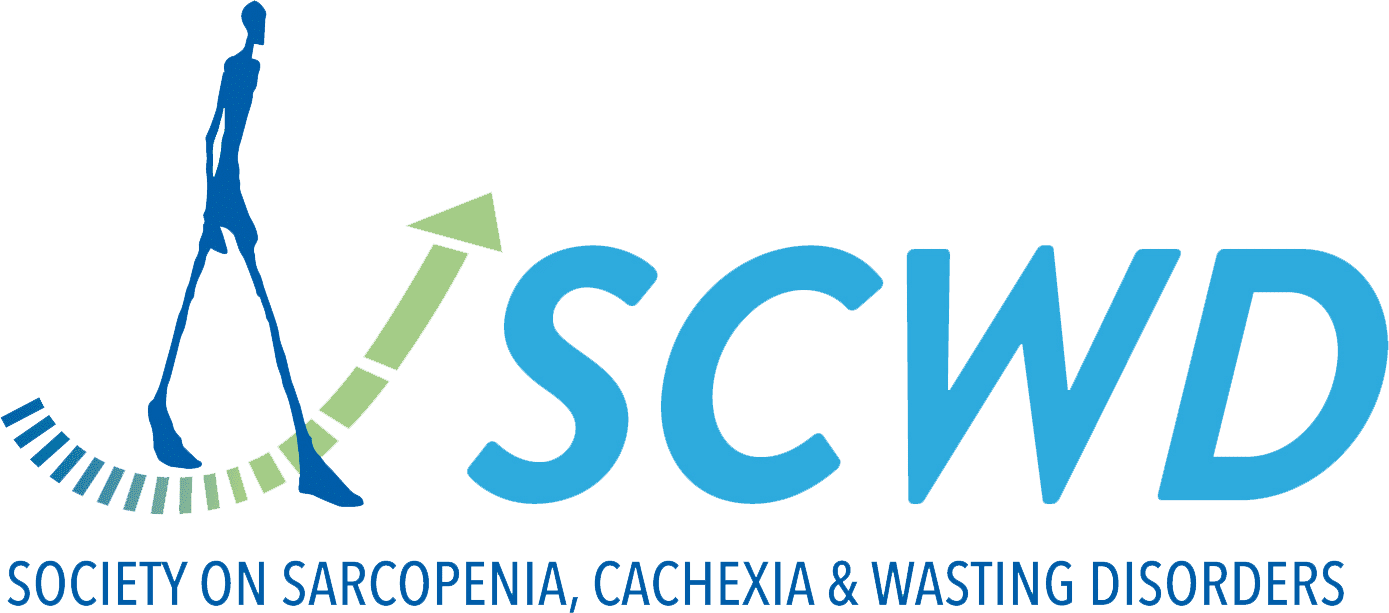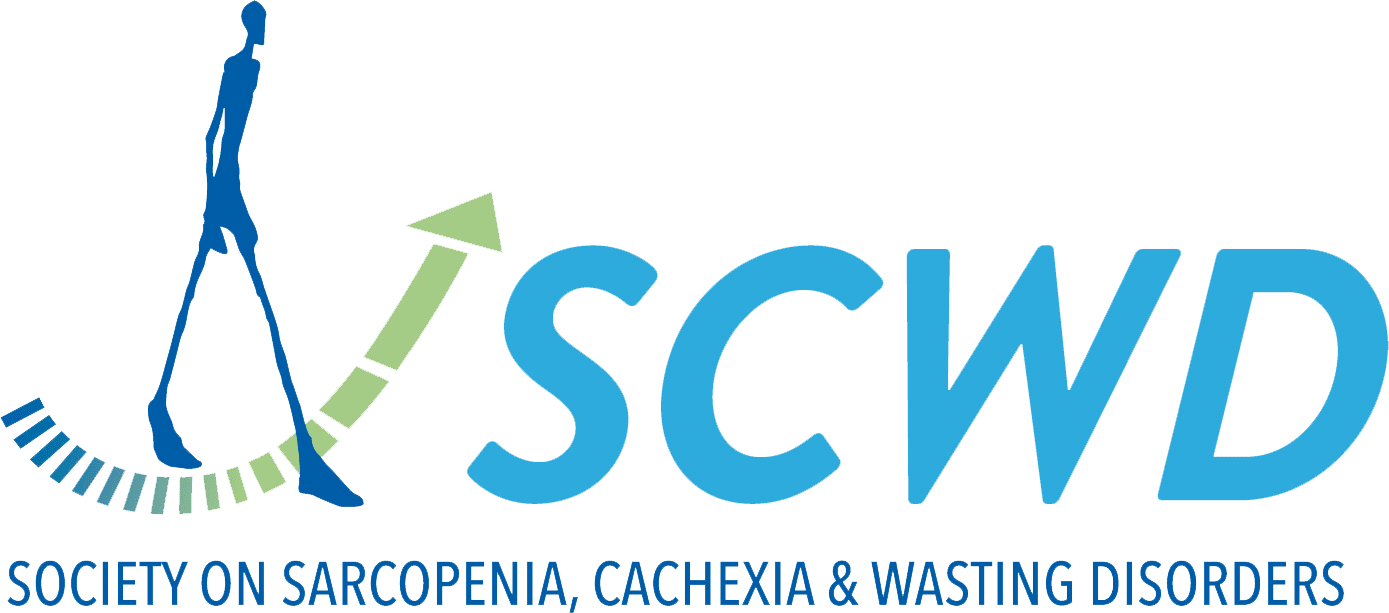Advancing Single-Cell Transcriptomic Analysis to Reveal Age-Related Skeletal Muscle Changes: A Systematic Review.
Population aging has become a widespread health problem that leads to huge socioeconomic burden. Skeletal muscle as an important component of motor system, gradually degenerates with age.
Age-related muscle disorders, such as sarcopenia is associated with higher risks of falls, fracture, disability, and mortality in old people. As there is still no Food and Drug Administration (FDA) approved drug to treat sarcopenia, conducting research of in-depth mechanisms is warranted to develop novel treatments.
The cutting-edge techniques single-cell and single-nuclei RNA sequencing can help to address this issue by discovering age-related changes of muscle at the single-cell level. This review aims to systematically explore current evidence of age-related muscle changes during normal aging, regeneration, and after treatments at the single-cell level. 29 studies were eligible and included in the current review according to the PRISMA guideline.
The muscle cell composition was altered with age, such as diminished muscle stem cells (MuSCs), vascular cells, Schwann cells, and increased myocytes as well as some types of immune cells. Inflammation levels, collagen and extracellular matrix (ECM) signaling, protein catabolism, TGFβ signaling, apoptosis, and autophagy of MuSCs, myocytes, fibro-adipogenic progenitor cells, vascular cells, or immune cells were regulated with age.
Delayed muscle regeneration of aged muscle was relied on disorders of cell-specific immune response, myogenesis, angiogenesis, and ECM remodeling. Three treatments involved in this review could reverse age-related dysfunction of muscle cells to some extent.
Further research targeting age-related changes of muscle at the single-cell level is an important tool in assisting development of more effective treatments for sarcopenia.


